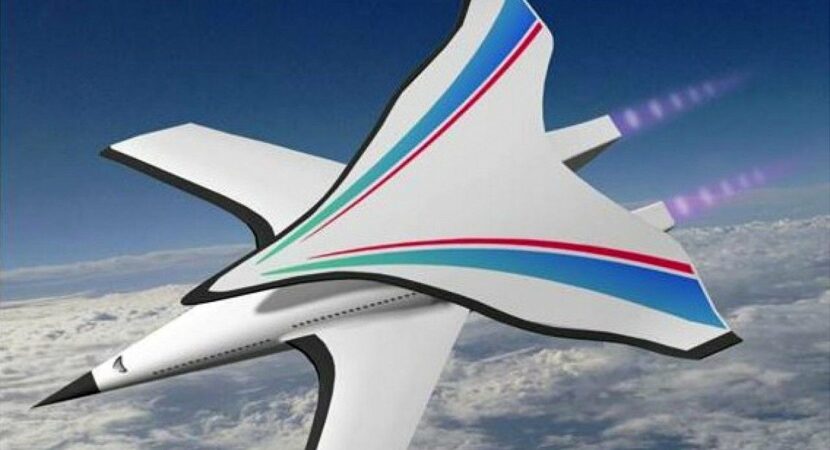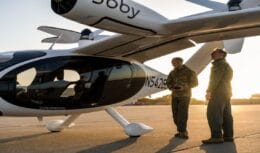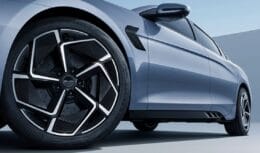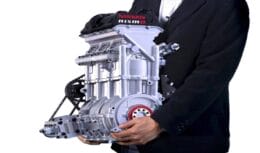
Researchers in China have developed a kerosene-powered hypersonic detonation wave plane engine that can reach Mach 9.
Researchers from China claim to have developed world's first hypersonic detonation wave engine, capable of propelling an aircraft to Mach 9, that is, nine times the speed of sound, using cheap jet kerosene. According to South China Morning Post (SCMP), last Friday (18), the hypersonic detonation engine underwent several very successful ground tests in the JF-12 hypersonic shock tunnel in Beijing.
Researchers release technical information about the engine installed on the plane
According to one of the researchers from China, no test results for hypersonic detonation wave engines using aviation kerosene have been released before. The researchers released technical information about the new jet engine in a report published in Journal of Experiments in Fluid Mechanics, peer-reviewed, on 11 November.
The tests were done earlier this year, according to SCMP information. The team carried out experiments with the engine, which generates thrust through explosions, and was led by senior engineer at the Institute of Mechanics of the Chinese Academy of Sciences, Liu Yunfeng. Compared to other hypersonic engines, such as a scramjet, for example, a detonation wave engine can operate more efficiently and at higher power.
Successive explosions are triggered by the detonation wave. These explosions happen almost quickly, releasing much more energy than an ordinary combustion engine with the same amount of fuel, especially at speeds above Mach 8. Detonation wave engines were created by scientists all over the world, however, they usually use hydrogen fuel, which unlike kerosene, is very expensive and explosive.
Scientists struggle to explode kerosene
Jet fuel, called RP-3, often found at airports in China, powers Yunfeng's engine. Because of its high energy density and simplicity of storage and transportation, aviation kerosene is the fuel of choice for air-breathing engines.
While the concept of using jet fuel to power hypersonic detonation wave engines has been around for years, it's not an easy thing to blow up.
Scientists had big problems, since it is difficult to ignite kerosene in hot, moving air. According to computer simulations, a kerosene-powered engine would require a blast chamber 10 times larger than a hydrogen-powered engine.
The added length would be impractical for most hypersonic planes, as every millimeter is critical, according to the China team.
Researchers make surprising discovery
The researchers in China, however, found that a direct modification, adding a thumb-sized bulge to the air intake surface of the hypersonic detonation wave engine, could make kerosene ignition easier while maintaining a compact chamber.
The YJ-21 and DF-17 are two Chinese-developed hypersonic missiles that can hit a moving structure or vessel, avoiding most air defense systems. By developing a fleet of planes that can transport passengers anywhere on the globe in just a few hours, China's government plans to find uses for hypersonic technology in the civilian sector.
Regular long-haul flights under challenging circumstances must be possible for hypersonic aircraft. However, scientists and engineers who work with the technology say that reducing construction and operating costs is still something that makes it difficult.













Air Force F-16 fighters…
True friend, what they shot down were…
Air Force F-16 fighters…
I would like to know what planet you live on…
Air Force F-16 fighters…
Everything is fine, 100-year secrecy,…
Air Force F-16 fighters…
Well... It's flying scrap... Typical...
Air Force F-16 fighters…
Which genocide are you talking about? Than…
I would definitely buy
The report is good, but there are several…
I am a building electrician with 35 years of experience.…
I don't understand why they mentioned it in the article...
😂😂😂😂😂 The joke is back
Yes, in most cases yes. But…
I am very proud to be part of this…
I'm a plasterer and butcher